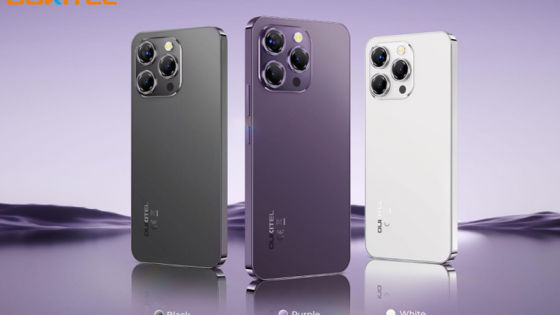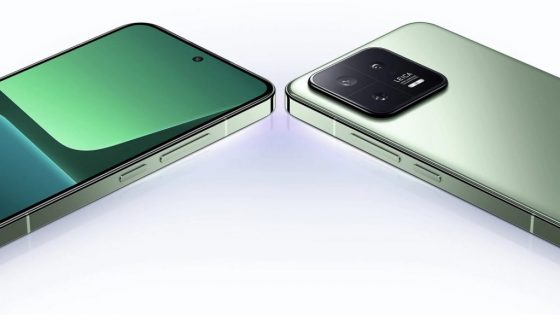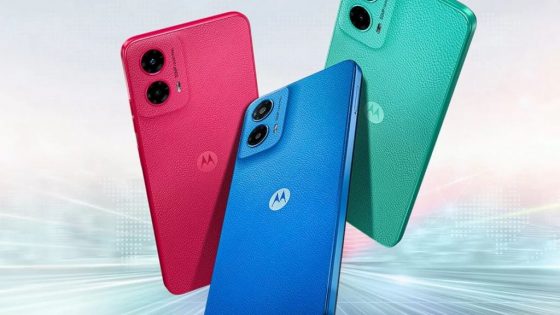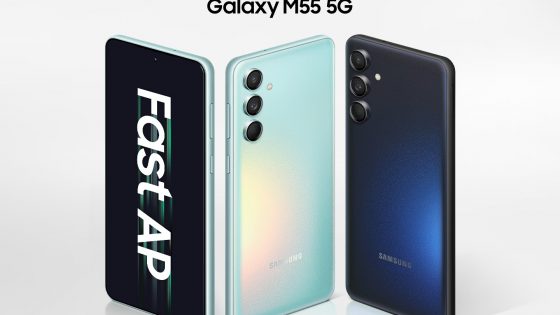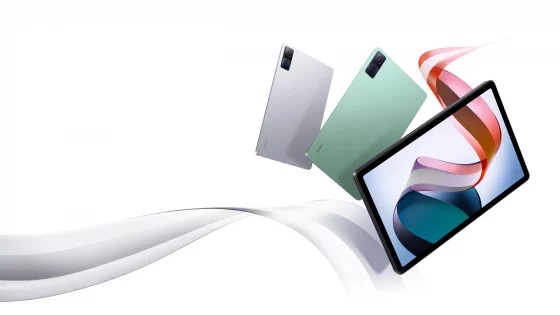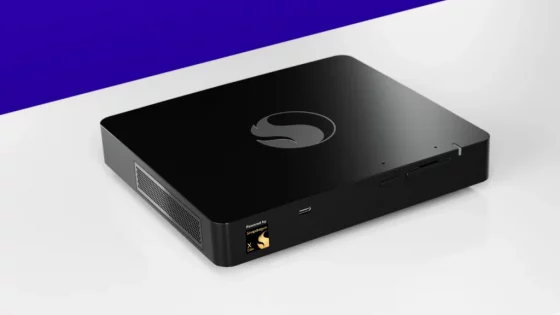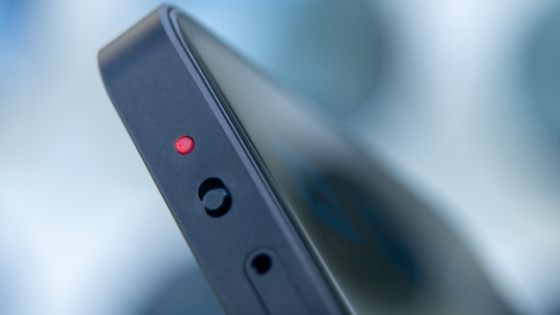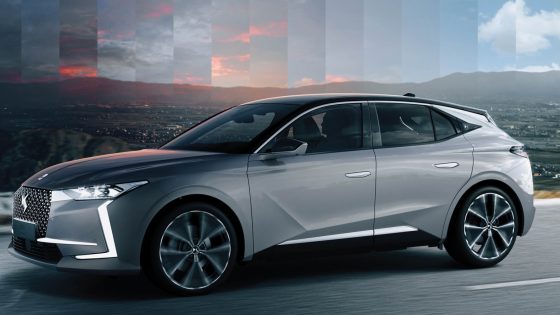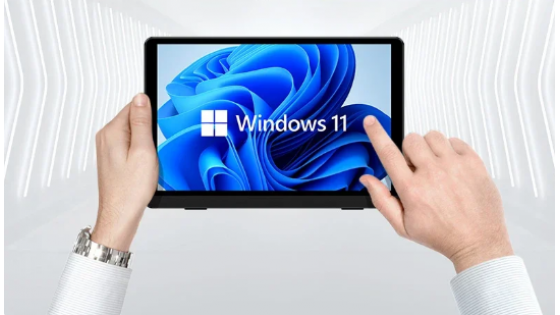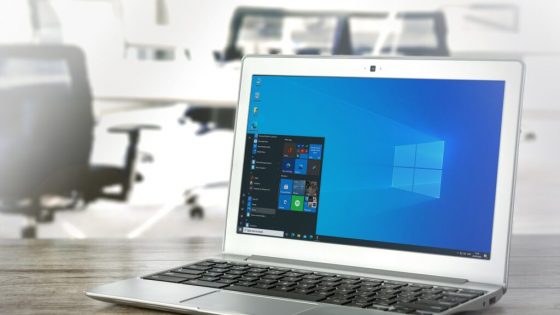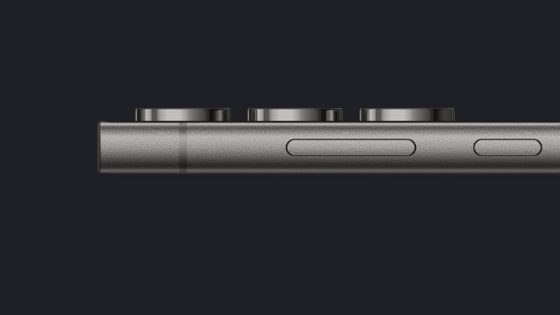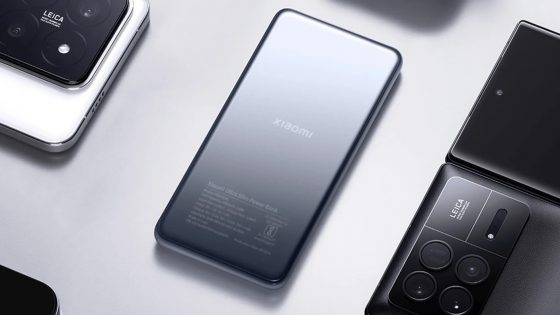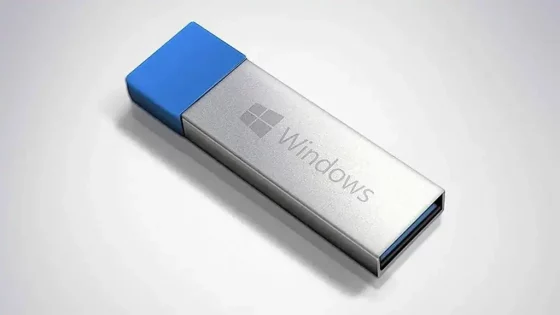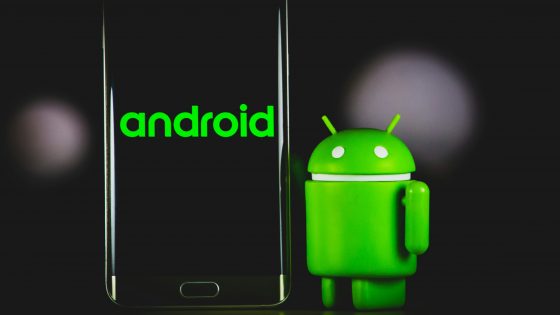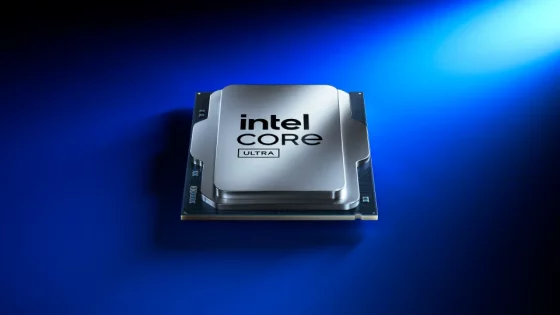CES 2024: TVs, monitors, phones, chips and everything else

Every year, the biggest manufacturers and developers meet in America in January to reveal their innovations for 2024 and outshine their rivals. While manufacturers wait, we consumers can enjoy a preview of new technology.
What's happening at this year's CES 2024? We will keep updating the list of new goodies, so stay tuned.
Apple Vision Pro
As always, Apple stole much of the spotlight by announcing that its Vision Pro XR glasses will be available in the US as early as February 2nd, with pre-orders opening on January 19th. Let's remember that the price of the Vision Pro glasses is a staggering US$3,500, so expectations are high. Apple says there will be more than a million apps at launch that will be tailored for the world of mixed reality. There will also be some games (NBA 2K24 Arcade Edition, Sonic Dream Team...) that gamers will be able to play on any screen size, according to Apple. At the same time, they will also launch the new VisionOS operating system, which is of course intended for the new XR glasses. When are they coming to Europe? The date is unknown, but hopefully summer is a realistic time frame.
Diopter users will have to pay an additional 149 $ for dedicated Zeiss lenses for a seamless experience.
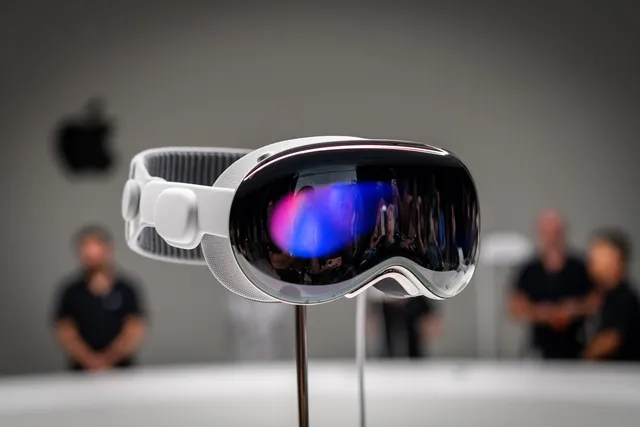
New Sony XR glasses?
Sony recently presented PSVR2 gaming VR glasses, and at CES 2024 they presented XR glasses for designers or more business users. They will work on the Snapdragon XR2+ Gen2 platform and will be equipped with 4K OLED screens. The target group is mainly 3D designers and all those who use virtual worlds for design, prototyping and also for film production.
The system includes a ring controller that allows users to intuitively control objects in virtual space. It also includes a pointing controller that enables stable and accurate pointing in virtual space, with an optimized design and button layout for efficient and accurate operation.
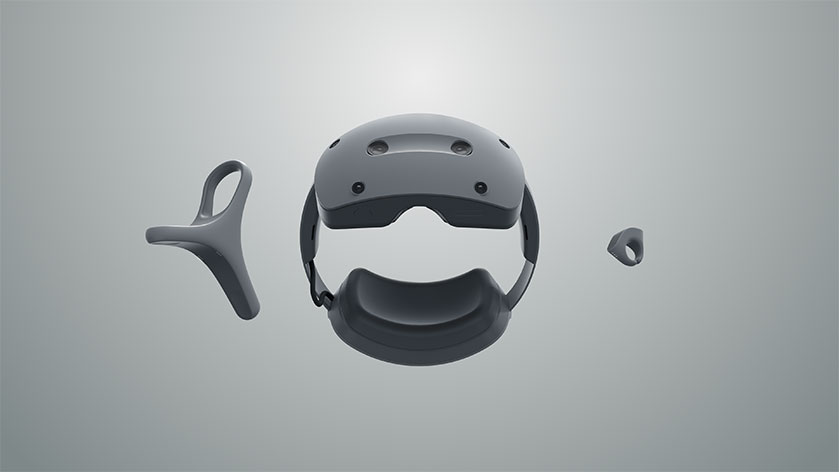
LG wireless transparent OLED TV
Before the start of the CES 2024 event, LG presented a new portfolio of products: new QLED and OLED TVs, soundbars and a special CineBeam Qube projector. The breathtaking specimen was left for the event itself.
The LG Signature OLED T combines a transparent 4K OLED display with LG's wireless audio and video technology, promising a completely different viewing experience. Simply put, it's a transparent OLED panel TV with an additional contrast screen that can be unfolded behind the screen for that more traditional TV experience. When this contrast screen is turned on, we get a transparent OLED television. LG wants users to use the new TV as an artistic product, to display virtual wallpapers, videos and the like. The price will definitely be high, and sales are expected to start in the second half of the year, which is interesting, because at first we thought it was just a concept.

Samsung QD-OLED TV without reflections
Samsung is already on its third generation of QD-OLED TVs, this time it has an extra trick up its sleeve. They have built in a special screen that ensures an experience without annoying reflections. These types of coatings aren't a new concept, but Samsung says they've achieved a completely different result with a special panel treatment without affecting image quality.
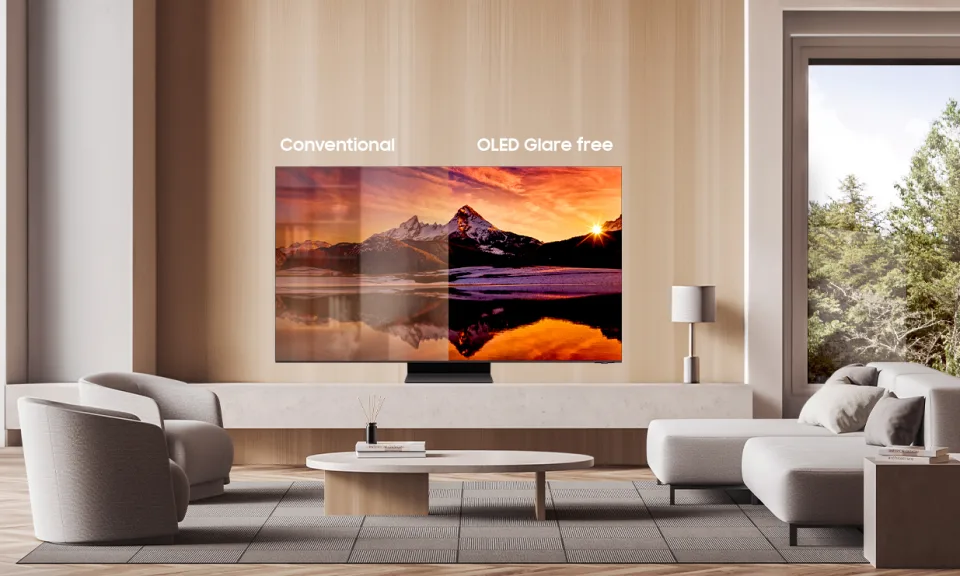
MSI Claw Handheld Console
And we got another handheld console that aims to compete with the Steam Deck, ASUS' ROG Ally and the Lenovo Legion Go console. We recently tested the ROG Ally, which, like the rest, uses AMD's guts. MSI opted for Intel, more specifically Intel Meteor Lake Core Ultra (up to Ultra 7 155H). The price is expected to be between US$699 and US$799, and sales will begin in the first half of 2024. The initial configuration will have 512 GB of space, which according to our tests is very quickly insufficient if you want to have more than two or three AAAs installed games.
But we are more interested in how Intel's architecture will perform. According to MSI and Intel, they should prepare a more powerful product than AMD's consoles. The MSI Claw will also have a 120 Hz IPS screen with a resolution of 1080p, a 53 Wh battery, 500 nit brightness and 16 GB of RAM.
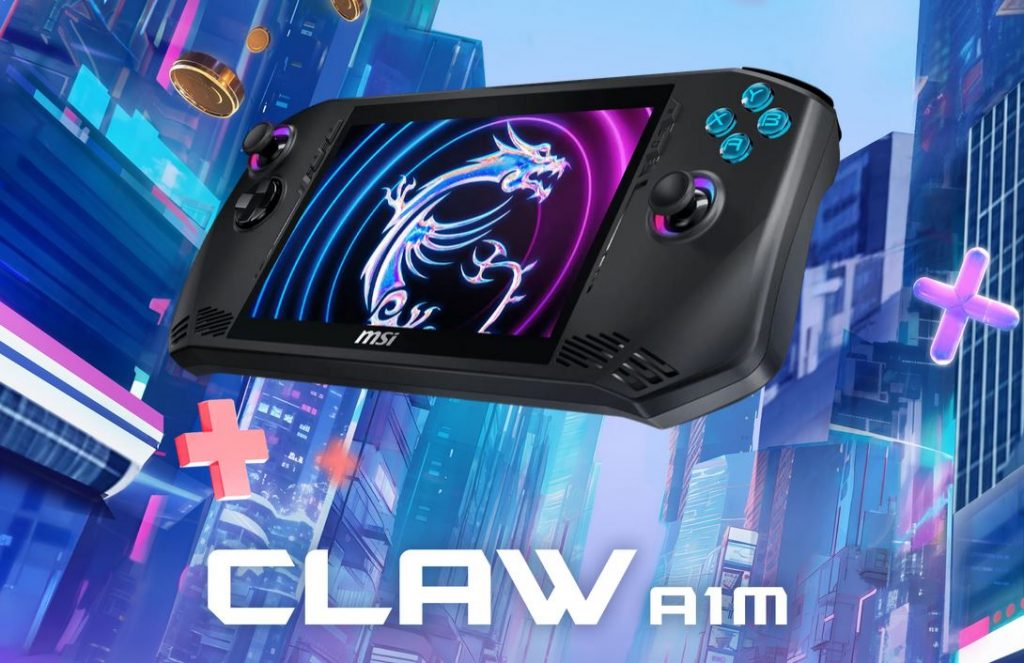
ASUS ROG Phone 8
It's also time for a new gaming phone from none other than the biggest gaming name - ASUS. The ROG Phone 8 series will have three members: ROG Phone 8, ROG Phone 8 Pro and ROG Phone 8 Pro Edition. The starting price is €1,099, and the most expensive model with 24 GB of RAM and 1 TB of storage is priced at €1,499. With the Pro versions, users will also be able to use the LED screen on the back.
The phones are lighter, thinner and more powerful than their predecessors. It features the latest Snapdragon 8 Gen 3 chip, more than enough RAM for even the most enthusiastic gamers, enough space, wireless 15-W charging, IP68 water resistance and more.
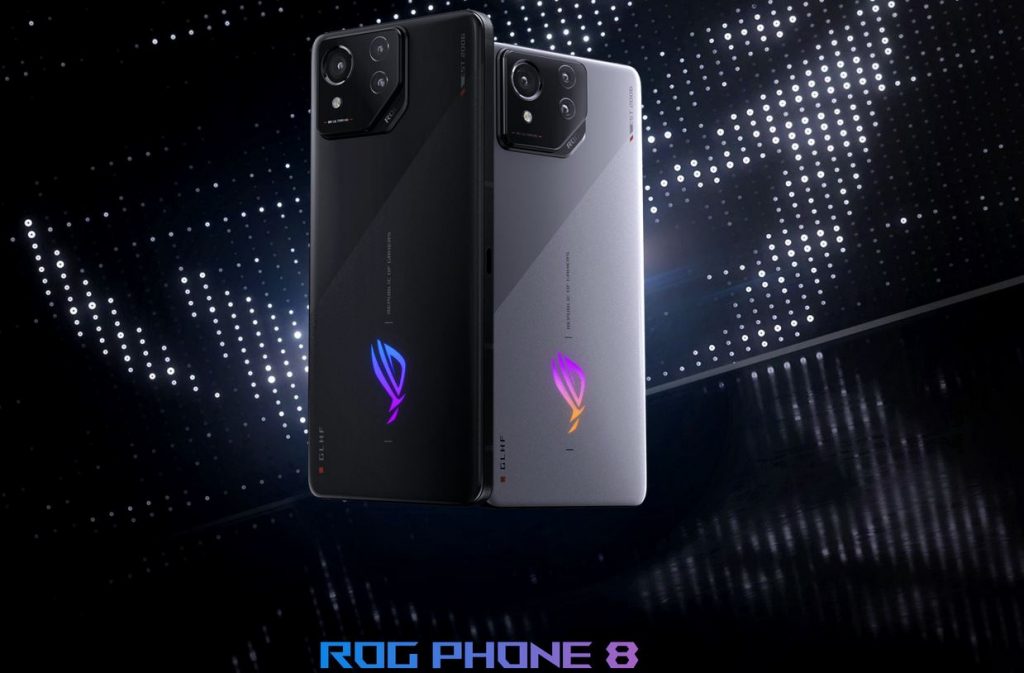
ASUS OLED monitor with 480-Hz refresh rate
Let's remember the times when 144 Hz was the highest number in the field of refresh. Soon after, we got 165 Hz, then 240 Hz, and now we're already spinning at 480 Hz, and that's on top of that on an OLED screen.
ASUS presented three new OLED monitors at CES 2024, two of which can reach 480 Hz (at 1080p). The 32-inch ASUS OLED can refresh the image at 240 Hz at 4K (great for RPG games), and at a lower 1080p at 480 Hz (great for shooters and battle-royale games). They also introduced a 27-inch 1440p OLED monitor, which can also refresh at 480 frames per second.
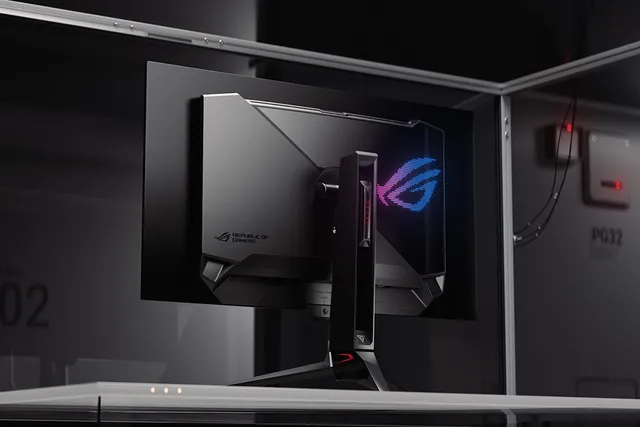
ASUS Zephyrus laptops from now on OLED
ASUS ROG Zephyrus G14 and G16 notebooks have become even thinner, lighter and more powerful with a touch of OLED. All of them will get OLED panels, they have enlarged the touchpad, improved the overall performance with new AMD Radeon 8000 chips and Intel Metero Lake, installed a new sound system with 6 speakers and more.
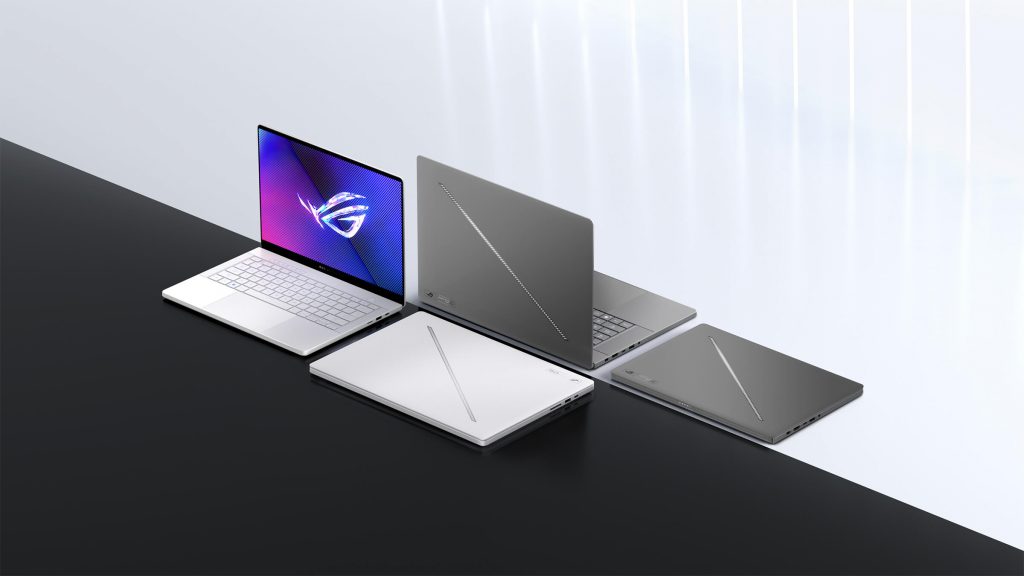
Kia is embarking on an autonomous journey
Kia has unveiled a fleet of autonomous electric cars as part of its Platform Beyond Vehicle program.
The PV concept series will be available in three versions: the smaller PV1, the slightly larger P5 (three additional sub-models), which will be intended for shorter delivery services, and the largest PV7 with a longer range and much more room to maneuver for a larger number of passengers.
In the first phase (if it ever comes to life, it is a concept), the new fleet will be dedicated to vehicle sharing and delivery services in urban centers, just like Waymo, Cruise and the like in America. In the future, they also want to include (unsurprisingly) generative artificial intelligence.
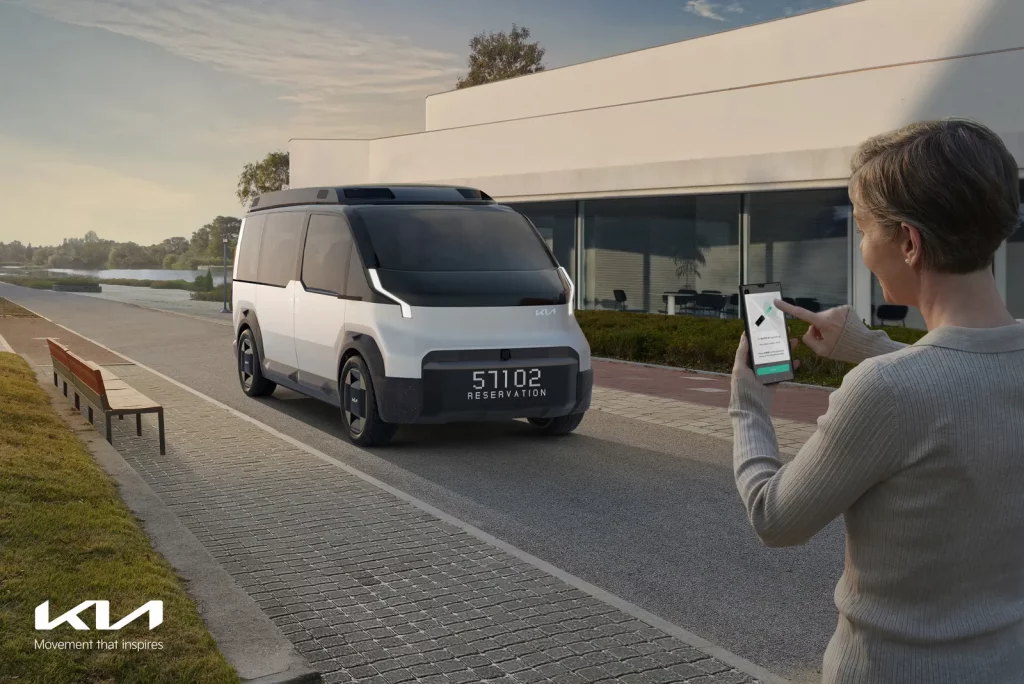
Hyundai believes in hydrogen
All companies strive to reduce their carbon footprint. Hyundai believes that (at least in their case) the solution is pure hydrogen, which will help them achieve carbon neutrality by 2050.
"Clean hydrogen must be for everyone, power everything and be available everywhere," said Jay Chang, president and CEO of Hyundai Motor Company.
Most car manufacturers believe in electric propulsion, but Hyundai and a handful of others (Honda, Toyota, GM...) believe that hydrogen fuel cells are an equally good solution. Hyundai says it will use hydrogen in the cars, trucks and buses it also manufactures, as well as trams, special equipment, watercraft, generators and advanced air mobility.
In the coming years, a lot of attention will also be paid to the software side of cars, which of course also includes artificial intelligence, but also a new infotainment system with a rich library of applications and tools for developers who will be able to create "crazy applications".

We will talk about the Volkswagen car
Another manufacturer to build generative AI into its cars in 2024, in this case VW is partnering with OpenAI and their ChatGPT tool. The latter will be available in Tiguan, Passat, Golf and ID electric vehicles. When? In the second quarter of 2024.
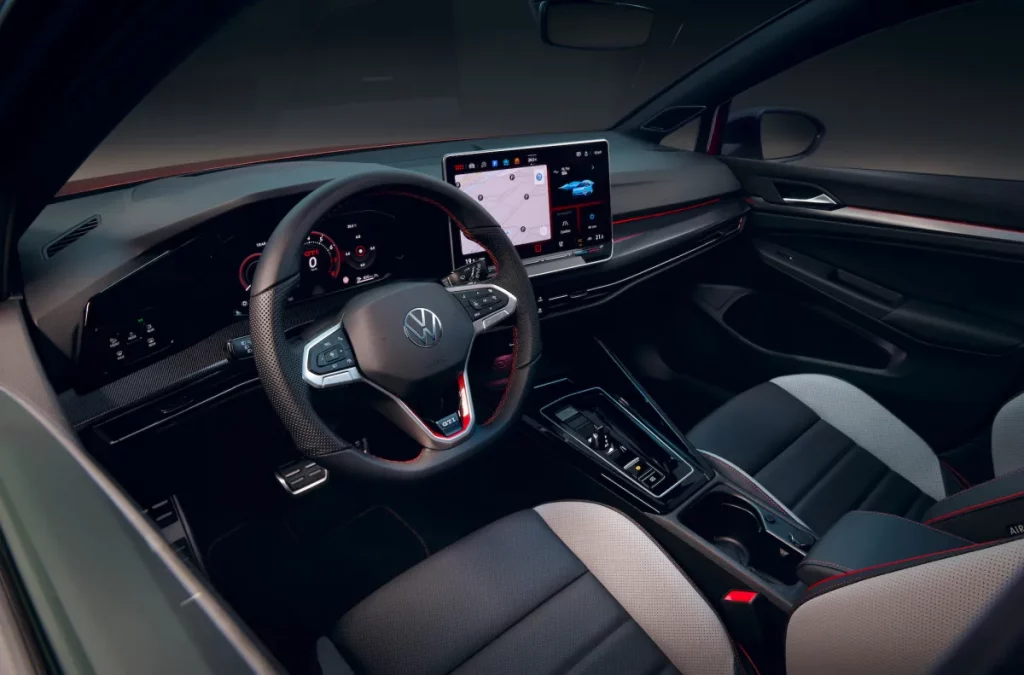
New NVIDIA graphics cards
Before the end of the month, we will get three new NVIDIA RTX Super 4000 series graphics cards, which promise more performance than existing cards, but still at very high prices. The GeForce RTX 4080 Super will be available on January 31 for a whopping $999, or a few euros more when we see it in Europe/Slovenia.
It is true that this is a 200 $ discount compared to the classic RTX 4080, with which they want to put pressure on AMD, which offers the RX 7900 XT and 7900 XTX in this range, but it is still a number that many wallets will not like too much. We can expect up to 5 % better performance compared to the RTX 4080 (for less money), which means that the new Super card is more aimed at owners of the previous generation of cards (RTX 3080 ...).
On January 17, the RTX 4070 Super for 599 $ and the more powerful RTX 4070 Ti Super for 799 $ will also be available. Both are better than the classic versions by about 10-15 %. The existing RTX 4070 Ti will slowly disappear from the shelves, and the RTX 4070 will be available for a slightly lower price (549 $ in the US).
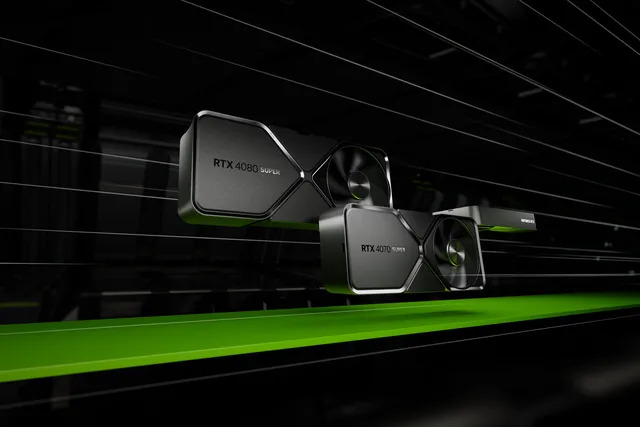
AMD also has something new
AMD has revealed a new RX 7600 XT graphics card that will complement the existing RX 7600, but with the ability to play at 1440p using FSR 3 technology. The Radeon RX 7600 XT will be available from January 24 for a retail price of 329 $ (in Europe it will be certainly more expensive). They also increased the memory from 8 GB to 16 GB, but kept the 128-bit memory bus, 32 calculation units and 2048 stream processors. The total rated power has also increased to 190 W (from 165 W). In this range, it will compete with the RTX 4060 card, but we will have to wait for the first tests for exact results.
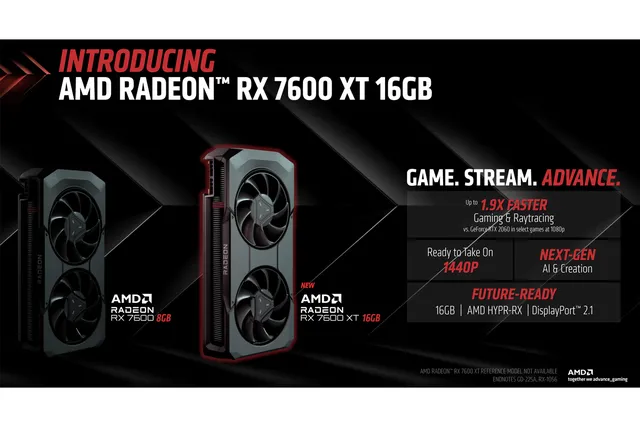
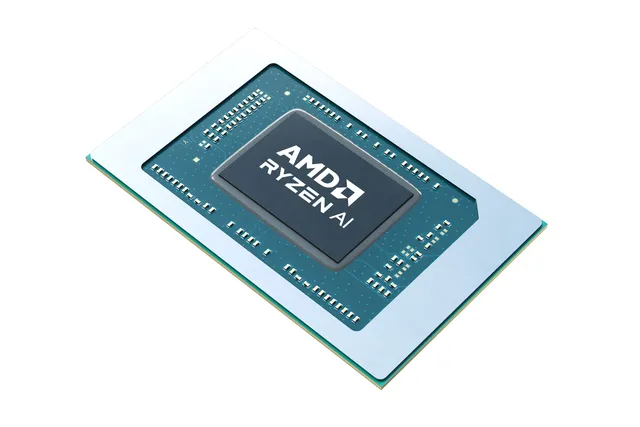
They also introduced the new Ryzen 8000G processors for desktop computers and users who don't have an unlimited budget. AMD says that the advantage of the new processors lies in the improved NPU cores for AI acceleration and the integrated Radeon 700M graphics core, which is said to be the most powerful of all solutions to date.
The most powerful model will be the Ryzen 7 8700G for 329 $ with 8 cores that will operate between 4.2 and 5.1 GHz. The result? AMD says the processor will be able to run Baldur's Gate 3 at an average of 90 fps at 1080p resolution, low settings, and with Hyper-RX and Fluid Motion Frames enabled.






